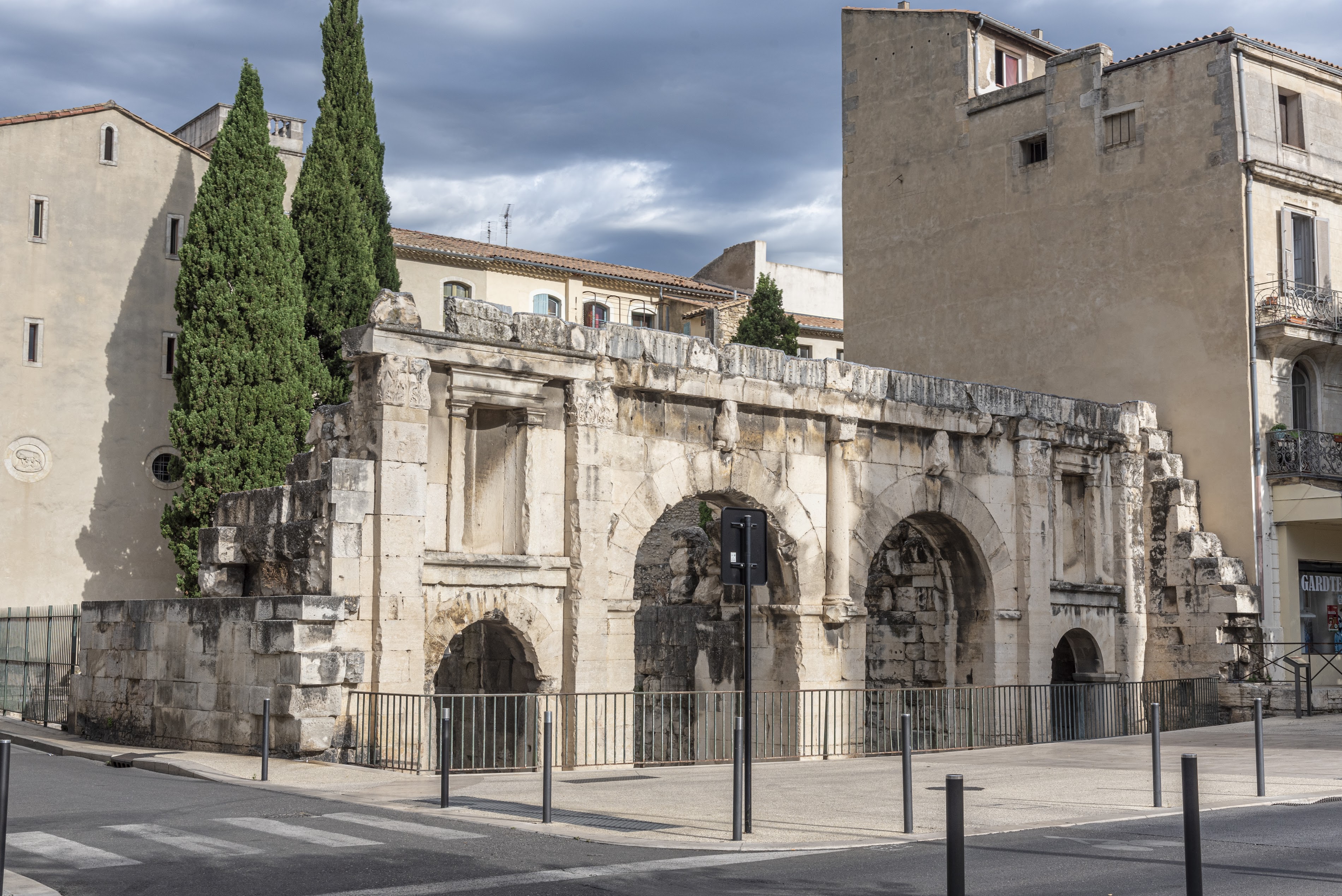Porte d'Auguste: A Gateway to Nîmes' Roman Past
In the heart of southern France, where the echoes of ancient civilizations still reverberate through time, a city stands as a testament to the enduring legacy of the Roman Empire. Nîmes, often referred to as the "Rome of France," boasts a rich tapestry of historical monuments that transport visitors back to an era of grandeur and architectural brilliance. Among these treasures, the Porte d'Auguste stands as a silent sentinel, guarding the memories of a bygone age and inviting modern-day explorers to step through its ancient arches into a world where past and present seamlessly intertwine.

A Portal to Antiquity
The Porte d'Auguste, or Augustus Gate, was constructed in the 1st century BC under the reign of Emperor Augustus. As one of the main entrances to the ancient city of Nemausus, as Nîmes was known in Roman times, this monumental gate served both practical and symbolic purposes. Its imposing presence was designed to impress visitors and underscore the city's importance within the Roman world.
Today, the gate's weathered stones are touched by countless hands, each seeking a tangible connection to the distant past. The structure's endurance through centuries of conflict, weather, and urban development is a testament to the skill of Roman engineers and the city's commitment to preserving its heritage.
Things to do in Nimes
Architectural Marvel
The Porte d'Auguste's design reflects the classical Roman architectural principles of strength, functionality, and beauty. Originally featuring four arches - two large central ones for vehicles and two smaller ones for pedestrians - only two remain visible today. The gate was flanked by two semi-circular towers, elements that were common in Roman defensive architecture.
Intricate details can still be discerned on the structure, including the grooves where a portcullis would have been lowered to secure the city. These features offer visitors a glimpse into the daily life and security concerns of an ancient Roman city.
A Witness to History
Over the centuries, the Porte d'Auguste has been a silent observer of Nîmes' evolving story. It has witnessed the fall of the Roman Empire, the turbulent Middle Ages, and the city's transformation into a modern urban center. During the medieval period, houses were built against its walls, partially obscuring the monument. It wasn't until the 19th century that these structures were removed, allowing the gate to be fully appreciated once again.
The gate's survival through various historical upheavals serves as a powerful reminder of the continuity of human habitation in Nîmes and the enduring influence of Roman culture on the region.
A Living Monument
Today, the Porte d'Auguste is not merely a relic of the past but an integral part of Nîmes' urban landscape. It stands at the intersection of ancient and modern, where busy streets meet historical pathways. Locals pass through its arches on their daily commutes, perhaps rarely pausing to consider the centuries of history above their heads.
For visitors, however, the gate offers a moment of reflection and wonder. Information panels near the site provide context and historical details, allowing tourists to imagine the gate in its full Roman glory. At night, the monument is illuminated, creating a dramatic backdrop for evening strolls through the city.
Beyond the Gate
While the Porte d'Auguste is a must-see attraction, it is just one piece of Nîmes' rich Roman heritage. Visitors are encouraged to explore the city's other ancient monuments, including the remarkably well-preserved Maison Carrée and the imposing Arena of Nîmes.
For those seeking to delve deeper into the city's Roman past, a visit to the Museum Romanité is highly recommended. This modern museum offers an immersive journey through Nîmes' history, providing context and depth to the ancient structures that dot the cityscape.
As the sun sets on Nîmes, casting long shadows through the arches of the Porte d'Auguste, one cannot help but feel a connection to the countless individuals who have passed through this ancient gateway. It stands not just as a monument to Roman engineering, but as a bridge between past and present, inviting us to reflect on our place in the long continuum of human history.

 Home
Home Wishlist
Wishlist